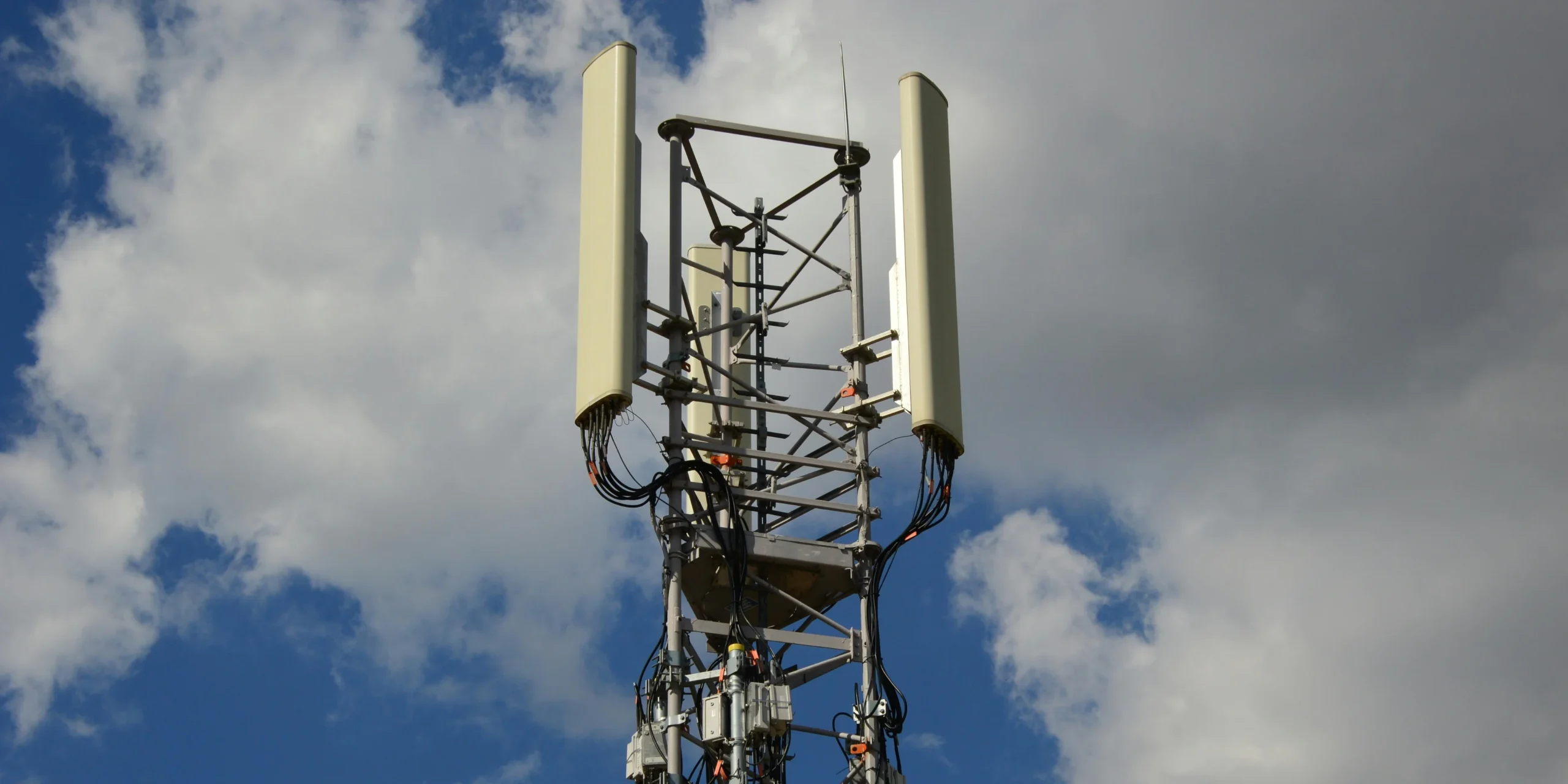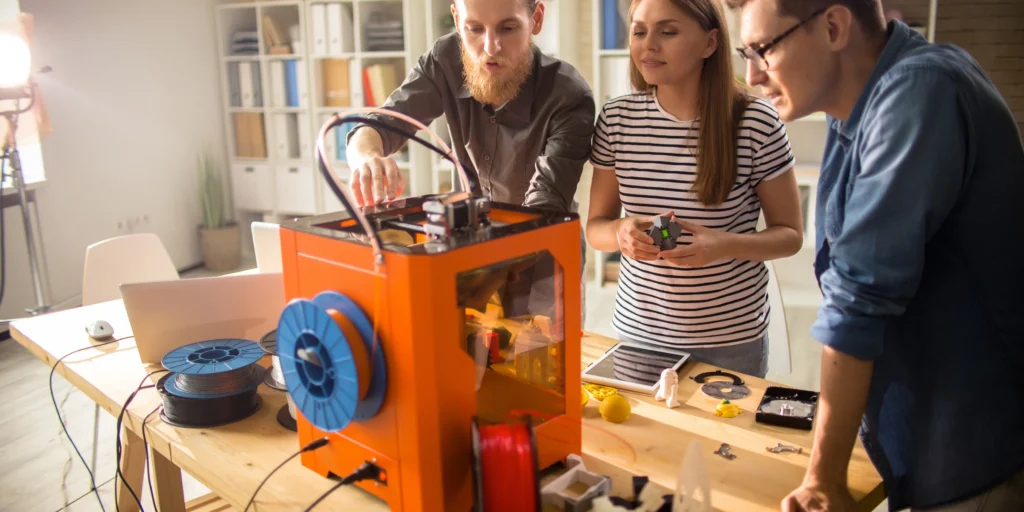The Big Shift
Just as people are finally getting comfortable with 5G, the next chapter in mobile connectivity is already being written. 6G, expected to roll out by the early 2030s, promises not just faster internet speeds but entirely new ways of interacting with digital systems – from immersive AR to real-time AI collaboration. But what does this leap really mean for everyday users?
What 6G Is
6G is the sixth generation of wireless networks, designed to succeed 5G. While still in the research phase, industry players like Samsung, Nokia, and Ericsson – alongside government-backed initiatives in the U.S., EU, China, and Japan – are shaping what it will look like.
Projected features include:
- Speeds up to 100 times faster than 5G.
- Ultra-low latency (almost no lag).
- Integration with AI, edge computing, and advanced sensors.
- Support for immersive applications like holograms and “internet of senses” experiences.
Applications on the Horizon
If 5G was about faster streaming and smoother video calls, 6G will aim to power the infrastructure of a connected society:
- Healthcare: Remote surgeries with tactile feedback.
- Cities: Real-time traffic systems that respond dynamically.
- Work & Education: Holographic meetings that feel physically present.
- Entertainment: Multi-sensory AR/VR worlds blending physical and digital reality.
- AI Collaboration: Networks optimized to let AI assistants work alongside humans in real time.
Benefits for Everyday Users
For most people, the real benefits will boil down to speed, reliability, and immersion. Imagine downloading an entire movie in a fraction of a second, or streaming a fully interactive AR classroom without glitches. Devices will feel more “instant,” and services that feel futuristic today may become routine.
Challenges and Questions
But 6G isn’t all promise. It raises important questions:
- Infrastructure: Building 6G networks will require massive investment.
- Access: Will rural and developing regions be left behind?
- Privacy & Security: More connected devices mean more opportunities for data misuse.
- Energy Use: Can 6G balance performance with sustainability?
Outlook
While commercial rollout isn’t expected until around 2030–2035, research is accelerating. For now, 6G should be seen less as a product and more as a vision for how digital and physical life could merge. By the time it arrives, it may reshape how we work, learn, and even sense the world around us.
Practical Takeaways
- 6G aims to be 100x faster than 5G, with near-zero lag.
- It could transform healthcare, smart cities, and immersive entertainment.
- Global rollouts are still a decade away.
- Watch for early pilots from major telecom players in the late 2020s.








Leave a Reply